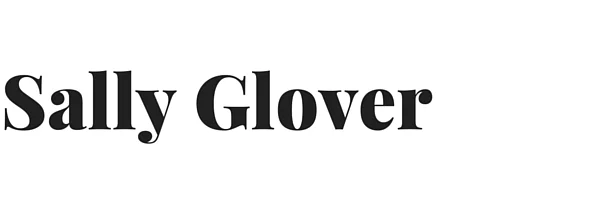A technical writer’s primary task is to communicate technical information in the clearest and most effective way possible. Seems straightforward on the surface, doesn’t it? But as a communicator first, the technical writer’s responsibility extends beyond simple reference topics and procedures to continually using and improving inclusive language principles.
My first few weeks as editor at a tech company were a blur of acronyms and self-doubt. Would I ever understand not only the products this company built but also the language they used to describe them? Even a conversation around the coffee machine required mental gymnastics to process the acronyms I was hearing through the Rolodex of unique-to-this-company terms I’d had to quickly file in my memory.
It took nearly a full year to feel confident in my role as gatekeeper of the language we used, where we used it, and why. Four outstanding people in particular helped me get there: the company’s tech writers. Our team hummed along like a well-oiled machine, free of conflict, brimming with respect, and working in concert toward a common goal. They handled my style suggestions like the experienced pros they are, understanding the overarching aim to improve communication by ensuring consistency in voice and tone across documents.
Once we’d nailed the plain language, active voice, and second-person perspective essential to good technical documentation—in other words, writing for our customers, not to impress one another—it was time tackle one of the principles that really makes me tick: inclusive language. I loved this piece in Quartz at Work that lays out six types of language that are hurting your company culture so much that I immediately added it to the company style guide. I work hard every day to encourage all content contributors, especially those outside the tech writing team who are less familiar with the company style guide, to anticipate a diverse audience and use inclusive, gender-neutral terms. Think humankind rather than mankind, constructed rather than manmade, they rather than he or she, and so on. It’s an initiative in progress but one I’m proud to spearhead, particularly in a workplace dominated by men.
Standard to my editing process is to review every piece of content critically and objectively. What idioms and terms are specific to North American English and could impede a reader’s understanding—or even offend them? One of my coworkers often cites a former employer’s list of “never” words to avoid in technical documentation. We might use and understand abort and execute in the context of programming language here in Canada, for example, but these words translated literally by a non-native English speaker are problematic to say the least.
Creating inclusive content—free of idioms, industry jargon, acronyms, gender, and bias—can sometimes mean holding up a mirror to implicit habits and prejudices you might not recognize in yourself. Consider testing yourself for hidden biases with a tool like this one created by psychologists at Harvard, the University of Virginia, and the University of Washington. Or try Textio’s gender-bias meter, an augmented writing tool that uses data science to reveal the hidden gender bias in your writing and suggest alternatives.
For some people, inclusive writing or editing language to be more inclusive may feel like operating under constraints that hinder rather than help. In fact, it’s just the opposite.

